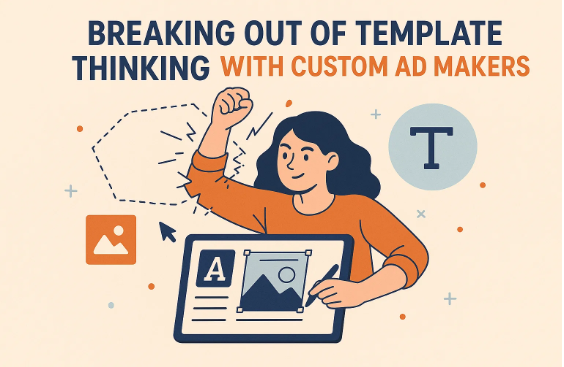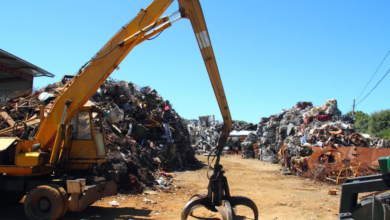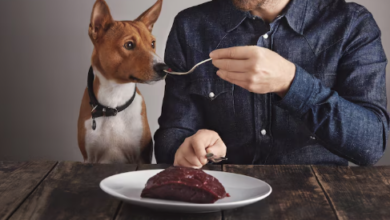Breaking Out of Template Thinking With Custom Ad Makers

Prebuilt templates are great training wheels. They help you ship something—anything—when the clock is ticking. But if every brand uses the same frames, fonts, and layouts, everything starts to look… the same. In 2025, the advantage goes to teams that use a custom AI ad maker to escape cookie‑cutter creative and build ads that actually feel like you. This human‑friendly guide shows you how to ditch rigid templates without blowing up timelines or brand consistency.
1) Spot the Ceiling on Templates (and Decide When to Push Past It)
Templates are optimized for average use cases: neutral copy length, safe image crops, generic CTAs. They’re terrific for intern onboarding and low‑stakes promos. They’re terrible for:
- Tight product names or long benefit statements
- Complex offers (bundles, tiers, region‑specific legal lines)
- Distinct visual identities that don’t fit standard grids
Rule of thumb: if you’re spending real money behind an ad set or launching a flagship product, templates should be starting points, not the finish line.
See also: Design Tips for Bright and Airy Luxury Custom Homes
2) Choose Tools That Let You Bend the Rules
A custom‑friendly AI ads maker (or AI ad generator) gives you control dials beyond color and headline. Look for:
- Editable structures (swap module order; add/remove blocks)
- Brand kits & guardrails (fonts, hex codes, logo zones, compliance language)
- Multi‑format outputs (video, carousel, static) from a single scene plan
- Variant logic (rules for tone, audience, and placement)
If you must start on a free AI ad maker, confirm you can export raw layers (Figma/PSD) so designers aren’t stuck with flattened PNGs.
3) Replace “Pick a Template” With “Describe the Concept”
Templates ask you to fill blanks. Custom ad makers ask you to define intent. Start briefs with:
- Audience: who, where, what they want
- Core emotion: relief, ambition, curiosity, FOMO
- Visual grammar: documentary UGC, polished studio, playful motion type
- Constraint notes: character caps, legal copy, no competitor mentions
Short narrative > dropdown menus. When the AI advertising generator understands the story, it can design scenes that a rigid template could never fit.
4) Build With Blocks, Not Pages (Think LEGO® Creative)
Ditch the single “hero layout.” Create a block library the AI can remix:
- Hooks (6–10 first lines in varied styles)
- Proof units (ratings, logos, 1‑sentence wins)
- Demo shots (macro product, UI screencap, lifestyle moment)
- CTA bars (direct vs. soft; with/without incentive)
Your AI ad maker can combine blocks into dozens of fresh compositions while staying recognizably on‑brand. This is how you scale distinctiveness—not just volume.
5) Let Copy and Visuals Co‑Design Each Other
Templates force copy to fit boxes. Custom workflows let copy lead design (short headline → bold typographic tile) or design lead copy (cinematic close‑up → minimal text). Try a bidirectional sprint:
- Generate 10 hooks and 6 visual directions.
- Pair each with two opposite styles (e.g., bold type vs. quiet photography).
- Keep what feels like your brand and tests well; kill the rest.
The point isn’t more variations; it’s better pairings your audience hasn’t tuned out.
6) Encode Brand Personality So Variety Never Breaks Voice
Freedom without guardrails equals chaos. Feed your AI ad generator a mini style bible:
- Tone sliders (e.g., 70 % friendly expert, 30 % playful; no exclamation spam)
- Visual do’s/don’ts (macro textures yes, harsh drop shadows no)
- Word bans (no “#1”, no “guaranteed” in regulated categories)
- Layout rules (logo safe‑area; min contrast ratios for accessibility)
Now you can push creative boundaries while protecting trust. Variety on the surface; consistency underneath.
7) Prototype at Speed, Then Promote Winners—Not Hunches
Templates make production easy; custom makes testing essential. Set a two‑step rhythm:
- Sprint: generate 12–20 variants across two or three concept families; run a 48‑hour multivariate test with equal budgets.
- Scale: archive underperformers; remix top pairs (best hook + best visual) into a “Gen‑2” set and re‑test.
Automation rules keep it honest: pause <0.5 % CTR after 500 impressions; boost +20 % when CPA is 20 % below target. Your AI ads maker can enforce this while you sleep.
8) Use Motion As Your Differentiator (Even for Static‑First Brands)
Custom tools let you turn static ideas into micro‑motion—ticking countdowns, subtle parallax, swipe‑on color washes. These are tiny lifts that templates often ignore and algorithms love.
- Convert winning statics into 9–15 s motion posts
- Animate only the attention cue (price reveal, product turn, benefit word)
- Keep file sizes lean; prioritize mobile clarity over cinema
That little dash of movement can double thumb‑stop rate without changing your message.
9) Collaborate Like a Studio: AI, Design, Media, Sales
Breaking out of templates is not a solo sport. Create a small creative council:
- Media shares real performance patterns (angles, placements, audiences)
- Design shapes the visual language and rejects off‑brand ideas
- Sales/CS feeds objections and proof stories into creative blocks
- AI operator maintains prompts, guardrails, and variant rules
Weekly 20‑minute stand‑ups keep everyone honest and keep the AI advertising generator trained on live truths—not wishful thinking.
10) Keep a “Custom Vault” So You Don’t Start From Zero Next Time
When a non‑template concept lands, save everything that made it work:
- The brief that birthed it
- The prompt (and parameters) that rendered it
- The blocks (hook, proof, CTA) and source files
- The test results and the final “Gen‑2” winner
Next campaign, you’re not rummaging through exports; you’re pulling a proven concept off the shelf and swapping product nouns.
Quick‑Start Checklist
- Define concept intent (audience, emotion, visual grammar)
- Pick an AI ads maker with editable structures + brand guardrails
- Build a reusable block library (hooks, proof, demo, CTA)
- Encode voice/visual rules so experiments stay on‑brand
- Test fast (48 h), promote winners, remix into Gen‑2
- Add micro‑motion to lift thumb‑stops
- Save prompts, files, and learnings in a Custom Vault
Final Word: Templates Ship; Custom Wins
Templates help you publish. Custom helps you differentiate. When you treat your AI ad maker as a creative partner—guided by strategy, powered by blocks, protected by brand rules—you escape look‑alike ads without sacrificing speed. Less “which template fits this?” and more “what’s the best way to tell our story today?” That’s how you stand out in a feed full of sameness and turn impressions into impact.






